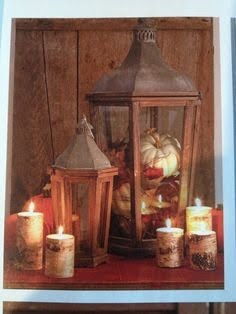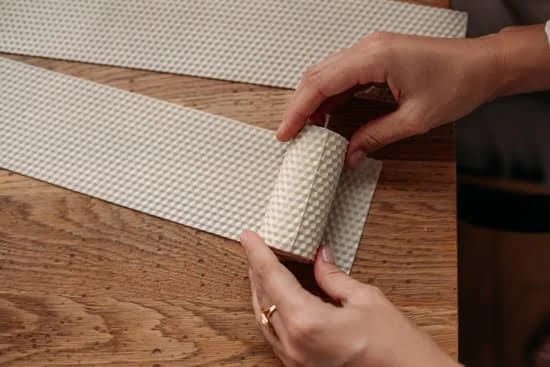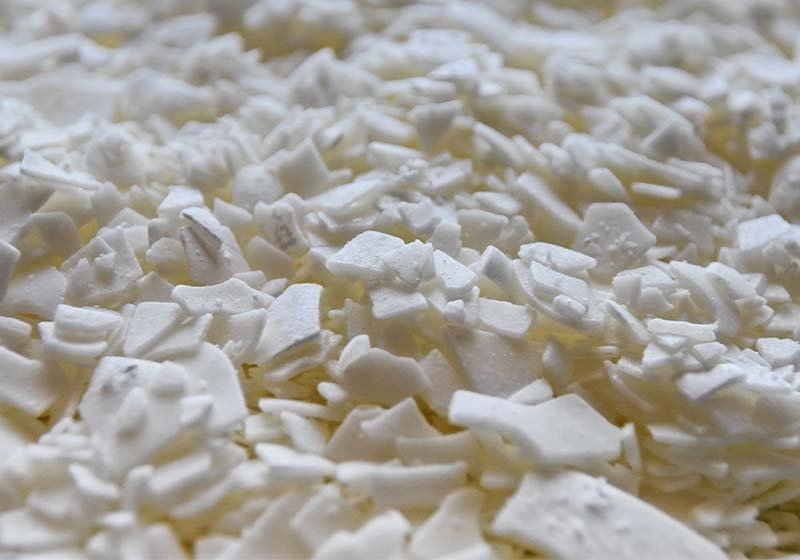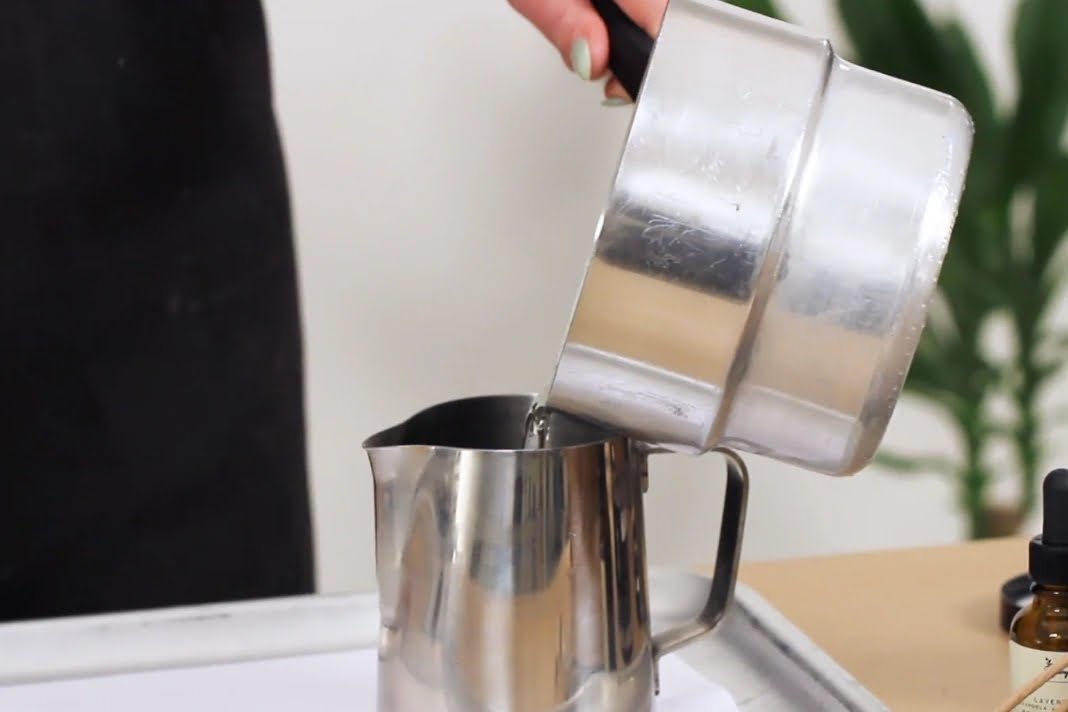Introduction
Candle making is an art form that requires skill, practice and patience. If you are interested in pursing the hobby of candle making, you may want to consider taking a candle making course. A quality candle making course can teach you the principles and techniques of wax-working and promote creative design ideas so you can have fun experimenting with different scents and colors. It can also provide resources for locating supplies and give helpful tips on packaging or selling your creations. Furthermore, such courses will enable you to develop advanced skills as a candle maker and make sure your product looks amazing!
What to Expect from a Candle Making Course
Candle making courses provide a great way for curious minds to explore the exciting craft of candle making. By exploring the tools and materials used, as well as learning basic techniques and ideas, you can learn how to make beautiful homemade candles in a variety of styles and scents. A typical course will start off by covering the basic materials and tools necessary to get started, such as candle wax, wick material, containers, dyes, fragrances and other supplies. You will learn about the different types of wax available in both solid and liquid form and ways to find specialty supplies to further customize your candles.
In a candle making course you will also be shown important fabrication techniques. This can include information on proper pouring temperatures, veneering techniques for multileveled candles or tricks for ensuring that your candles don’t drip or bubble when lit. Most importantly you will learn about common safety procedures regarding working with hot wax and hazardous materials.
Once the technical aspects have been covered there is typically plenty of room for imagination and exploration. Your instructor will show examples of various finished products so that you have some idea as to what is possible if creative techniques are utilized. Additionally, tradition techniques will be taught ” like dipping tapers in hot wax or pressing molds with raw materials ” so you can experience first hand age-old processes used in candle making over the centuries. Towards the end of the course students usually work on their own custom creations; allowing them to express themselves through scent, shape and size while producing a functional product that they can show off or gift away!
Pros and Cons of Different Candle Making Courses
Pros:
• Learning the basics of candle-making can be a great way to jumpstart your own hobby or start a business.
• Courses can provide detailed information and expert advice, allowing you to get the best results right away.
• They can offer resources that may not be available at local stores, such as specialized waxes, dyes, and wicks.
• Many courses provide materials as part of the fee so you don’t have to purchase them separately.
Cons:
• If you’re looking for an online course, make sure to check out reviews on the instructor and how thorough the teaching is before signing up; some online resources may lack valuable detail compared to in-person classes.
• Many courses require additional supplies in order to create candles, which may add significantly to the cost of taking a course if those supplies must be purchased individually.
• Some classes require large groups of students (e.g., 10+) in order for them to run; if there are too few people enrolled in a class it could lead to cancellation or rescheduling.
Finding the Best Candle Making Course for Your Needs
Attending a candle making course is a great way to learn how to make quality, unique candles from the comfort of your home. When searching for the best course that suits you, there are several important factors to take into consideration.
First and foremost, you should consider what type of candles you wish to make. Are you looking for simple and straightforward pillars or tapers? Or perhaps something more intricate like layered votives or scented containers? It’s important to know what kind of candles you would like to create before selecting a class so that you can choose one with an appropriate curriculum.
Next, look at the materials necessary for each course. Do they offer all the supplies needed or just some items such as wicks and wax? Additionally, it’s wise to inquire whether any items will need to be purchased separately in order to complete projects within the course.
It is also important to review the level of instruction provided by each course. Read reviews or ask questions of past attendees about their experience so that you can get an idea of the quality of instruction. While basic candle-making methods may be suitable for novice hobbyists, those who want more advanced techniques will need a professional instructor with years of experience in candle making. Make sure the chosen course includes clear demonstrations and detailed tutorials around the topics being taught.
Finally, ensure that there is ample contact time with qualified professionals during and after classes, so if any difficulties arise during your candle-making journey, you’ll have someone knowledgeable on hand who could help resolve any issue quickly and effectively. Investing in a good quality candle-making class is sure to pay off with some truly beautiful candles created!
Supplies and Equipment Needed for a Candle Making Course
Candle making courses can be a great way to learn the craft and explore a new hobby. It is important to ensure you have the necessary supplies and equipment for a candle making course in order to make the most out of it. Popular essential items include wax, wicks, dye blocks, dyes, fragrances, melting pots, pouring pots, measuring spoons, thermometers and an array of molds to choose from. Additionally, safety gear such as gloves with long cuffs and safety glasses should also be prepared before starting a course. Furthermore there are advanced materials such as beeswax blocks or pellets or coconut wax flakes which can be used differently from paraffin waxes. Standard paraffin wax is usually cost effective but if you want your candles to last longer consider experimenting with different types available on the market. Finally it is advisable to purchase a quality starter kit that comes with basic instructions and guide for beginners. This will help you understand the basics of candle making and give you an idea of what supplies you need for future use.
Choosing the Right Level of Difficulty for Your Course
When selecting a candle making course, it is important to consider the level of difficulty. If you are a beginner, look for classes and courses that offer the basics of the hobby and cover everything from wick types, to how to create beautiful designs. On the other hand, if you’re an expert who wants to learn professional-level techniques and explore more difficult projects, you will want to look into a course tailored to advance your knowledge. Additionally, some courses cater specifically to a certain type of candle ” such as beeswax or soy wax. Depending on what your goals are for taking the class, choose one with classes and techniques suited for your current level of experience.
Essential Candle Making Safety Tips
Candle making is an enjoyable and relaxing pastime, but it is important to remember that molten wax can be dangerous and that safety around candles and wax should be taken seriously. Here are some essential safety tips for candle making:
1. Make sure you work in a well-ventilated space as burning candles can produce fumes which can cause health issues if inhaled.
2. Wear appropriate clothing such as long sleeves and gloves to protect yourself from potential burns. Also, make sure that your clothing do not have any loose fabric or ties, as the hot wax could be accidentally splashed onto these fibers, posing a fire hazard to you and your housemates.
3. Check your wicks prior to pouring your wax – once you start pouring it is hard to adjust the length of the wick if needed, so checking before will save energy when lighting / snuffing out candles after cooling .
4. Keep children and pets away from the work area – always exercise caution when working with melted wax as it can cause serious burns if it comes into contact with skin or fabric
5. Prepare all materials needed before starting the process – knowing what materials are needed eliminates having to leave a situation where hot wax or burning fires could create a potential danger.
6. Always use caution when transferring molten wax from one container to another, as spills may occur and scalds may result. If possible consider using a double boiler system instead of direct heat in order to reduce the risk of spills and accidents during transfer.
7 Make sure all surfaces used when handling hot wax are heat proof – a metal tray covered with parchment paper or silicon mats work great for this purpose, protecting any unwanted spills and also allowing easy cleanup afterwards
Resources for Further Candle Making Knowledge and Learning
Candle making courses are an excellent way to gain in-depth knowledge and practical experience in the craft of making candles. In these courses, an experienced instructor can provide guidance and advice on different techniques and materials used to make unique and beautiful candles. Additionally, students can learn about the chemistry behind different waxes, colorants, scents, and wicks that are instrumental in crafting high-quality candles.
Apart from enrolling in formal candle making courses, there are many other resources that offer additional knowledge, ideas and inspiration. Online communities such as “Candle Makers Ask” are a great go-to source for questions relating to candle making. Furthermore, there are informative blogs with details on DIY projects and reviews of supplies that can help newbies get started quickly. Books from experienced candle makers provide helpful insights into topics like unique container styles, wax blends for special effects or fascinating recipes for distinct scents. Videos by experts explain techniques for creating anything from layered tapers to detailed pillars. With so many resources available online, it is easy to increase your knowledge regarding the art of candle making.
Answers to the Most Common Questions about Candle Making Courses
Q1: What is included in a standard candle making course?
A1: A standard candle making course typically includes instruction on the selection and use of wax and dyes, tutorial videos, fragrances, pouring techniques and safety practices. The instructor should also cover various tools and supplies used in the trade such as thermometers, wick tabs, melting containers, double-boilers and molds. They will provide guidance on creating containers, pillars and votives as well as designing decorative embellishments like layered colors or embedded objects. Finally, the instructor should provide information on marketing your candles to customers once you have perfected your craft.
Summary
Candle making courses can be a great way to get creative and learn an exciting new skill. There are many types of candle making courses that teach different methods and techniques. Before signing up for a course, it is important to find out what the course covers and what materials you will need. Once you have found the right course, there are lots of ways to make the most of your time learning how to make candles.
One way to make the most of your candle making courses is by experimenting with different features. Mix up the type of waxes you use, as well as blends, scents, and pigments. Experiment with wick sizes and wicking techniques too. This way you can create interesting candles tailored to individual tastes!
Additionally, it’s important to practice techniques such as double-boiling wax correctly; this is essential for achieving perfect results every time when working with heated wax. Make sure to follow safety protocols when dealing with melted wax but also taking into account safety precautions when managing any tools used in the process. Utilize tutorials and records of successes/failures before attempting larger projects (e.g workshopping products). Finally, don’t forget to share your newfound craft – creating candles gives you instant gratification due to its visible effects after cooling off compared immediately result achieved compared with other crafts

Welcome to my candle making blog! In this blog, I will be sharing my tips and tricks for making candles. I will also be sharing some of my favorite recipes.





